Products for Temperature Measurement at all Lyo Scales with the Same Sensors
The ultimate goal of using Tempris, a temperature measurement system for all lyo scales, is to maintain the same product temperature/time profile at all scales. This ensures the same thermal conditions in the product and, thus, the desired product quality. Tempris, as the manufacturer of products for temperature measurement, has the only sensor that offers unbeatable performance in terms of measurement and handling. It can be used in all types of freeze-dryers, all scales, and all regulatory environments, from early development to routine production under sterile conditions. This makes Tempris a real PAT tool.
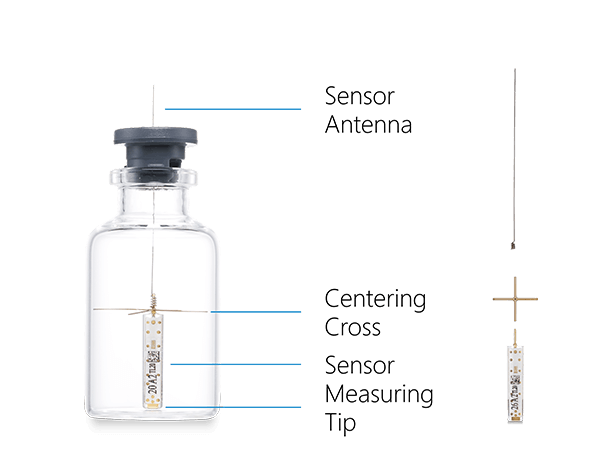
Tempris is intended for product temperature measurement for all lyophilizers directly in the product in injection vials in conjunction with the original stopper. By using suitable accessories, the sensors can be used for additional formats such as bulk bottles, sealable membrane bags or even dual-chamber cartridges. Up to 40 sensors can be used simultaneously in each run.
Fields of Application of the Tempris System
Components of the Tempris System
Products for Temperature Measurement at all Lyo Scales
The modular Tempris temperature measurement system consists of a Temperature Interrogation Unit (TIRU), software for data visualization and evaluation, antenna(s), and sensors. It is a wireless temperature monitor that operates in the 2.4 GHz frequency band in conjunction with a wireless, battery-free temperature sensor
Wireless Sensor
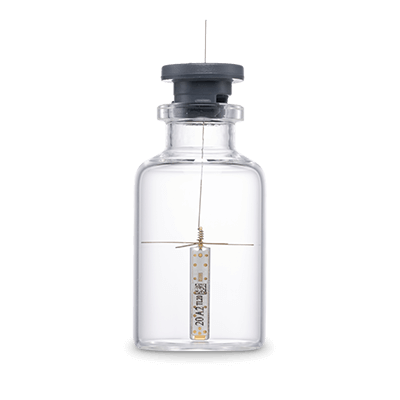
The sensor uses the operating frequency as power supply. The crystal oscillator in the sensor is stimulated by an amplitude-modulated frequency on the radio frequency carrier. This oscillator is tuned by the temperature, and the resulting frequency modulates the reflecting carrier with the temperature information. The sensors with accessories that come into contact with the product meet the regulatory requirements of FDA compliant and GAMP 5, 2001/95/EC (RoHS) and are available in different sizes to fit all primary containers.
InterRogation Unit (TIRU)
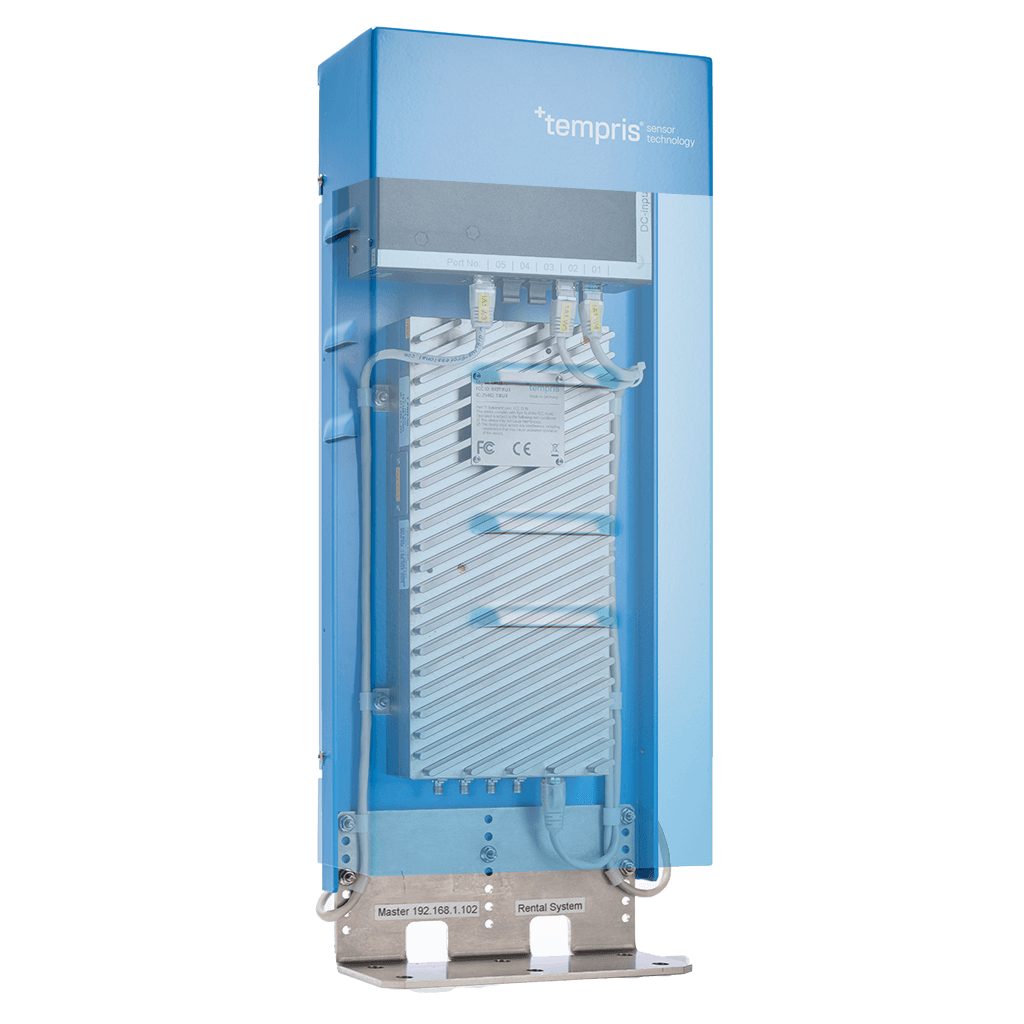
The Interrogation Unit reads the frequency deviation and displays the resulting temperature on a computer. The unit features spectral analysis for continuous monitoring of interfering frequencies, such as WiFi and Bluetooth, and can automatically switch to alternative frequencies. It is suitable for complete automation in SCADA/PLC systems with sensor identification for loading and unloading. Digital identification of sensors via radio signal is combined with proven quartz sensor technology for up to 40 sensors with digital calibration.
TLM Software
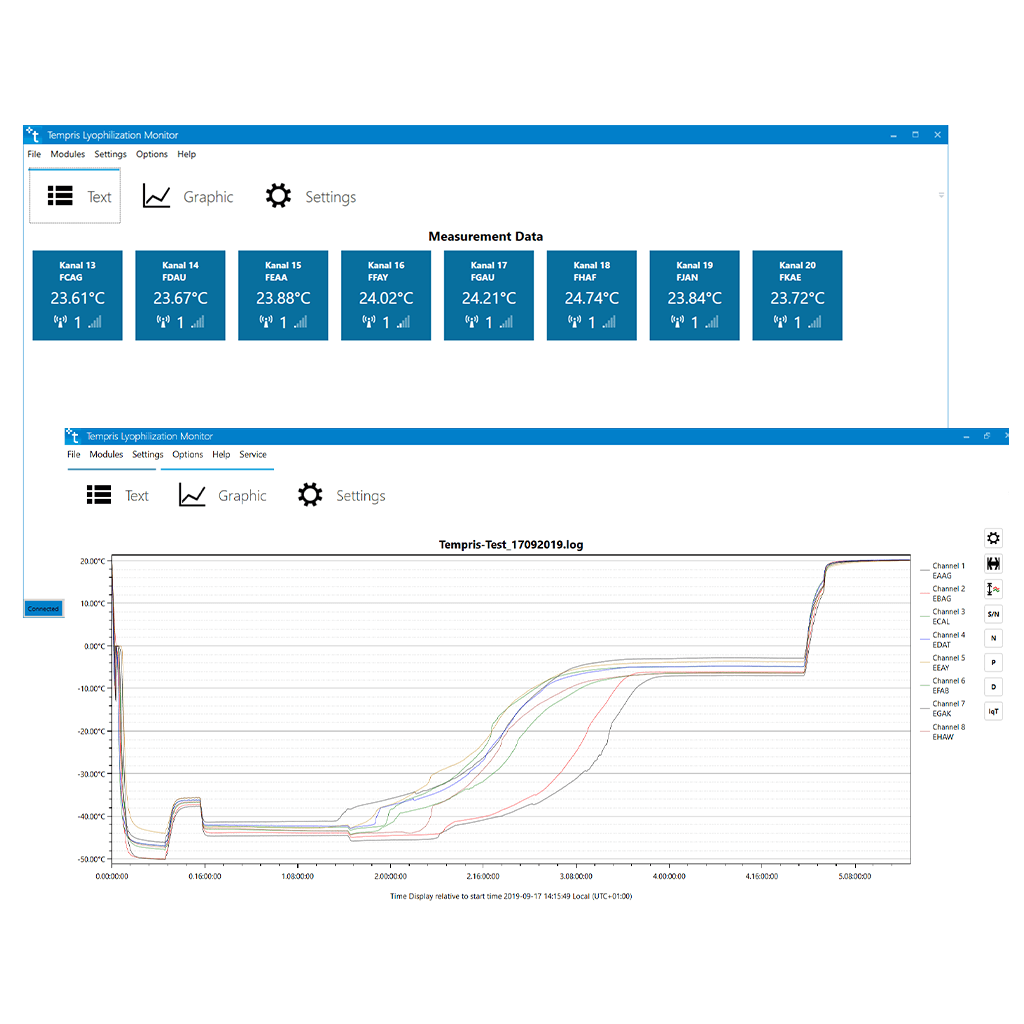
The Tempris Lyophilization Monitoring Software (TLM) controls the measuring unit, records data, sets all parameters, visualizes and exports data, and complies with GAMP 5/21CFR Part 11. Its capabilities include monitoring up to 40 sensors simultaneously, a sensor function test for robot-assisted loading, visualization of measured data, a sensor positioning plan (loading plan), 3D representation of sensor positions, and input of primary packaging details. Data can optionally be analyzed with the Tempris Data Analysis Software (TDA).
Products for the Different Lyo Scales
The Tempris sensors are suitable for all freeze-dryers and each step in the Lyophilisation Cycle and Scale-up Process. So, product temperature measurement at all lyo scales is possible. Also is the software TLM. However, the Interrogation Unit (TIRU) and the radio frequency antennas have some differences between Laboratory and Production Equipment. So there are two separate products: Tempris T.LAB for laboratory use and Tempris T.PRO for production freeze-dryer.
Tempris T.LAB System Components
Software TLM

Tempris Lyophilization Monitor
GAMP5 & 21 CFR Part 11 compliant software
Interrogation Unit
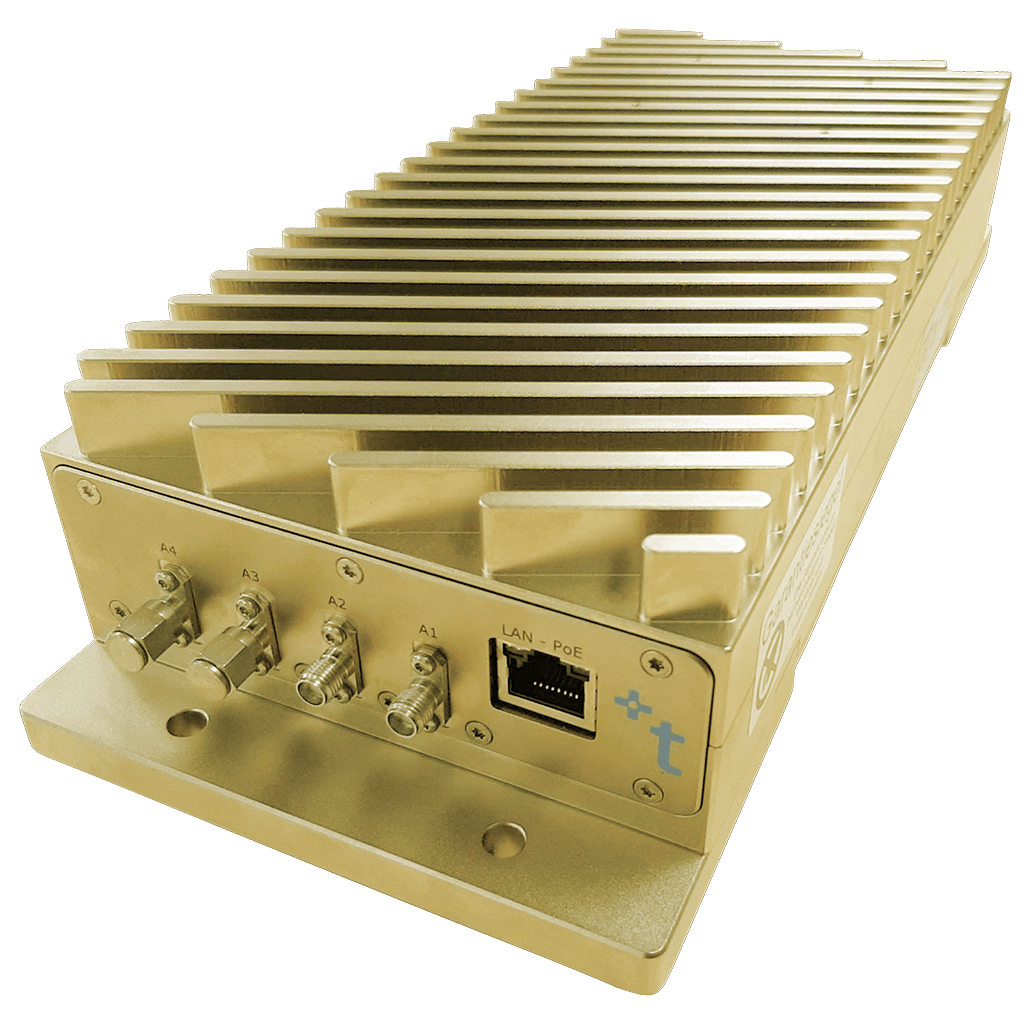
Interrogation Unit T.LAB
Transmitter with Backscatter Receiver – POE+LAN-Interface for Laptop und Antenna Ports
Antenna
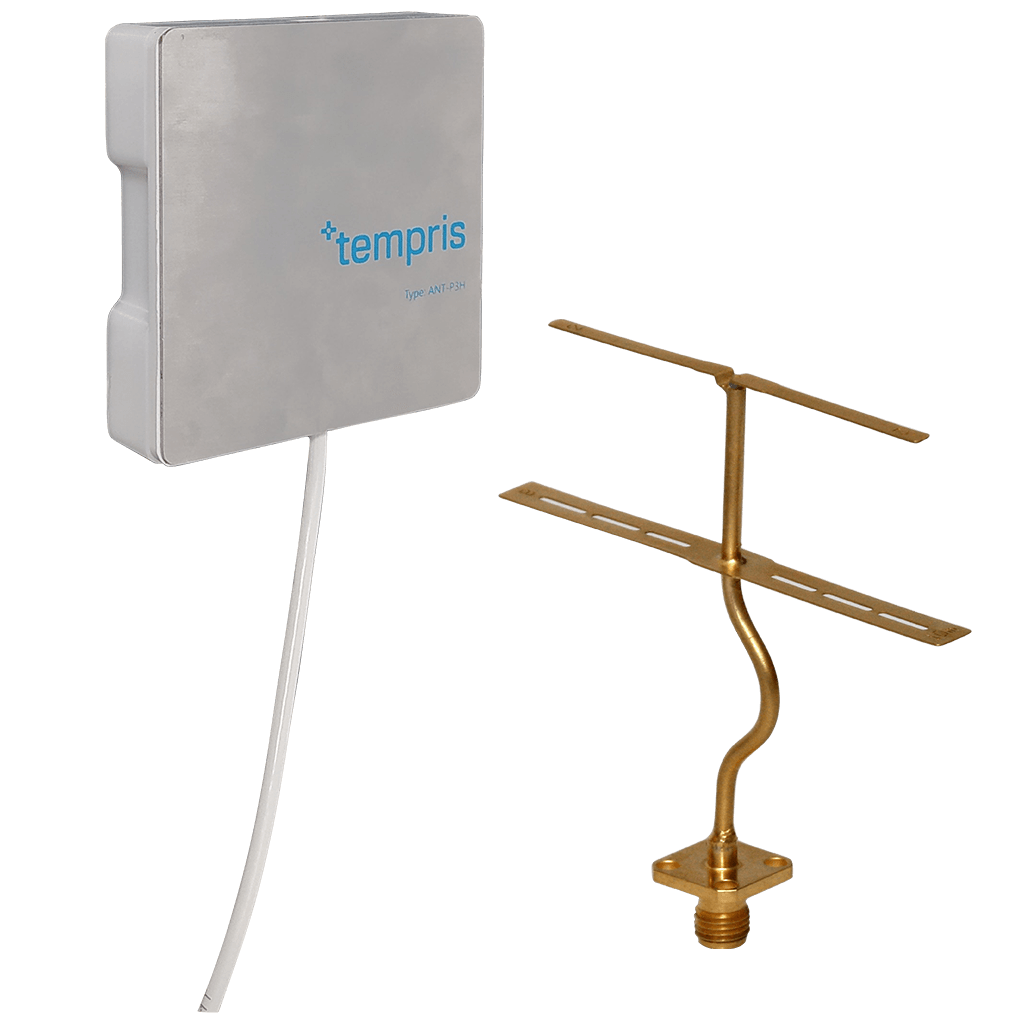
Radio Frequency Antenna
ANT-P3H Designs for acrylic door or LyoStar 3/4 Sample Thief
Tempris Sensor
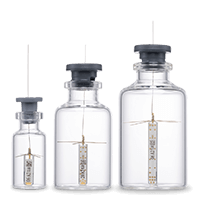
Wireless, battery-free Temperature Sensor
with flexible disposable Antenna, precondition for stoppering
Tempris T.PRO System Components
Software TLM

Tempris Lyophilization Monitor
GAMP5 & 21 CFR Part 11 compliant software
Interrogation Unit

Interrogation Unit T.PRO A4
Measuring main unit
Antenna
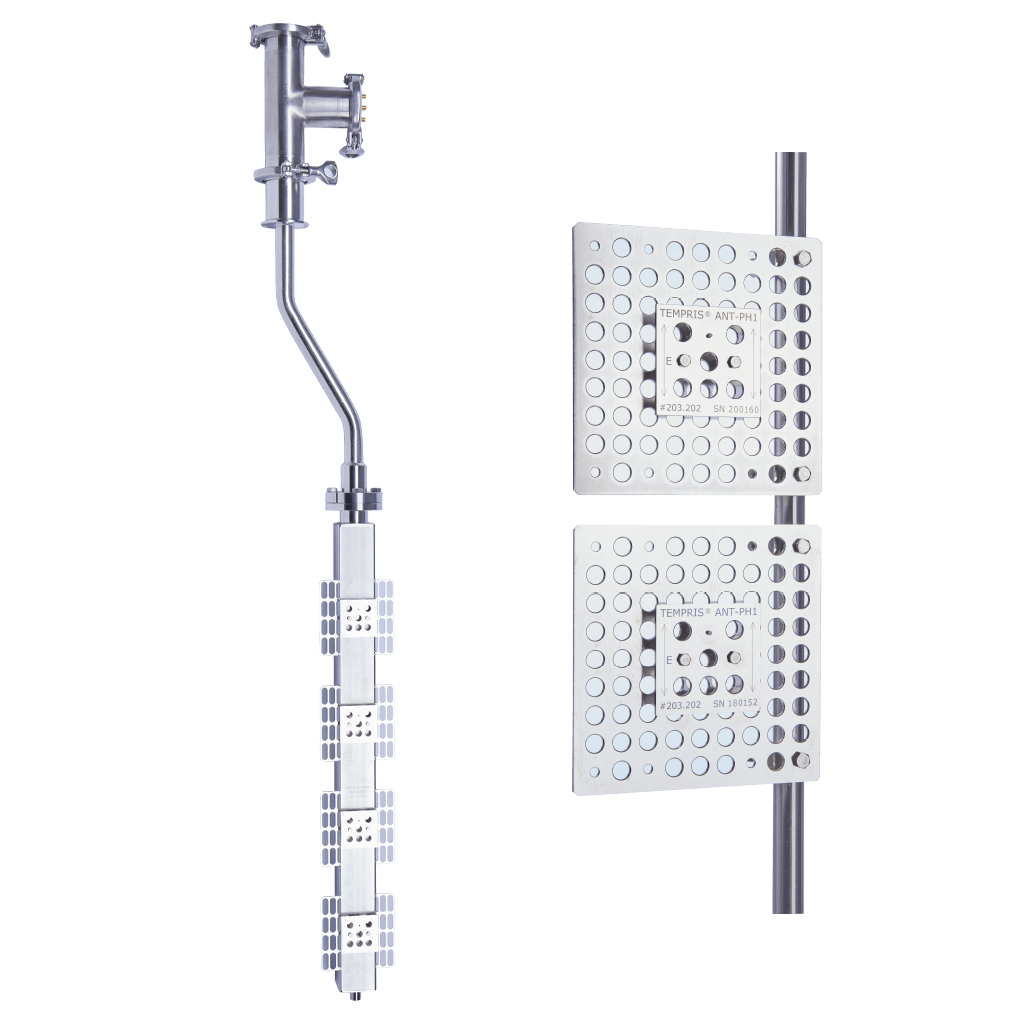
Radio Frequency Antenna MFA
with 100% more performance for OEMs.
For retrofit the standard ANT-PH1.
Tempris Sensor

Wireless, battery-free Temperature Sensor
with flexible disposable Antenna, precondition for stoppering
Product Temperature Measurement at all Lyo Scales

The wireless, battery-free Tempris sensor technology ensures real-time product temperature measurement in all lyo scales – from laboratory to production the same Tempris sensors are used to obtain directly comparable data. Start with the lyophilization cycle development in a laboratory freeze-dryer, scale-up und transfer to pilot freeze-dryers and then go into production of your approved product and get comparable data about the product temperature during lyophilization over the whole process.
Whether you use vials, trays, dual chamber syringes or other primary packaging for your products, Tempris sensors can be used with them all.
Laboratory Freeze-Dryer
Lab Scale Development
Lyophilization cycle development in the laboratory establishes the base for the freeze-drying cycle and its subsequent optimization. Tempris captures the product temperature (Tp) at the vial bottom (Tb), one of the most critical lyo-cycle parameters. In the TLM software, you can monitor the product temperature in real-time.
Typical Shelf Size:
1 – 5 SQFT
0.1 – 0.5 SQM
Pilot Freeze-Dryer
Clinical Manufacturing
Your product moves to a larger freeze-dryer, to a different type of freeze-dryer or simply to cGMP environment. Tempris allows the same sensors to be used in lab, pilot, and production scale freeze-dryers, providing directly comparable data. This eliminates problems with changing Tp measurement technology and positioning of RTDs in sterile environments. Tempris sensors can be used to bridge from laboratory-scale and for future bridging to production scale.
Typical Shelf Size:
10 – 50 SQFT
1 – 5 SQM
Production Freeze-Dryer
Commercial Manufacturing
Production lyophilizers can reach huge proportions, and at this scale the stakes are very high indeed. Tempris wireless, battery-free temperature sensors are used by some for every cGMP batch for commercial use. This trend is growing because the Tempris data provides assurance of product quality, gives regulatory flexibility, and enables easier process optimizations.
Typical Shelf Size:
100 – 500 SQFT
10 – 50 SQM
Tempris Products for Temperature Measurement can be used in all Types of Primary Containers
We offer sensors in different sizes and with different add-ons to fit all primary packaging.
R-Vials and H-Vials

Dual chamber cartridges (DCC)
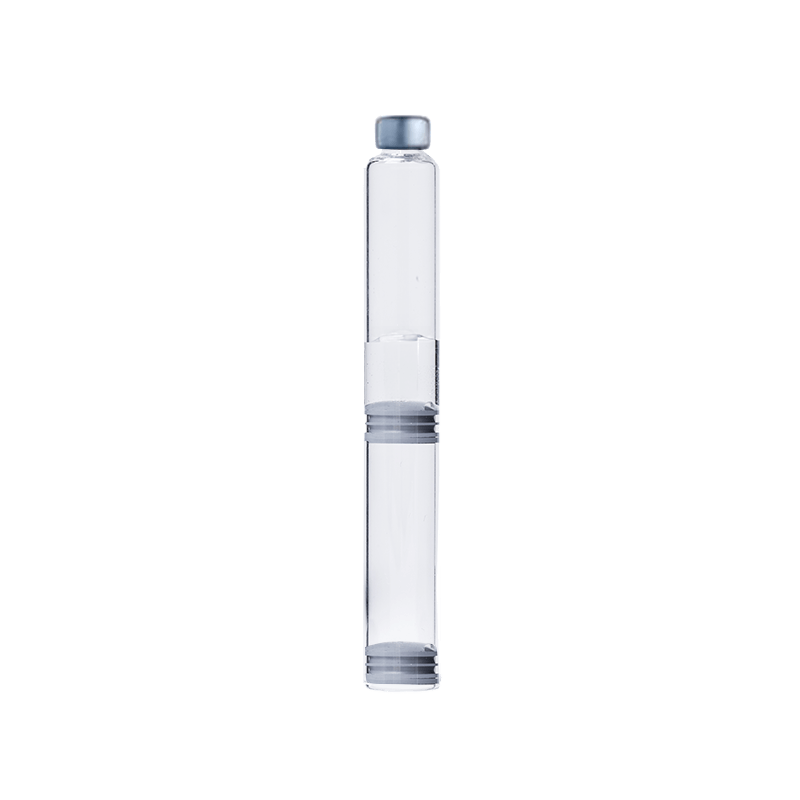
Lyo trays (metal or plastic)
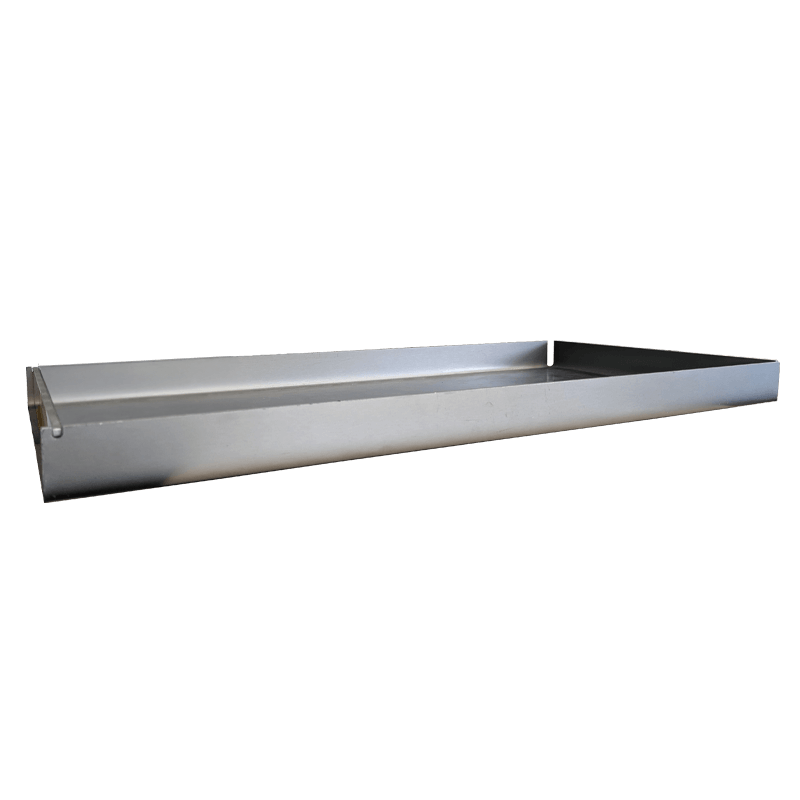
Lyoguard and others
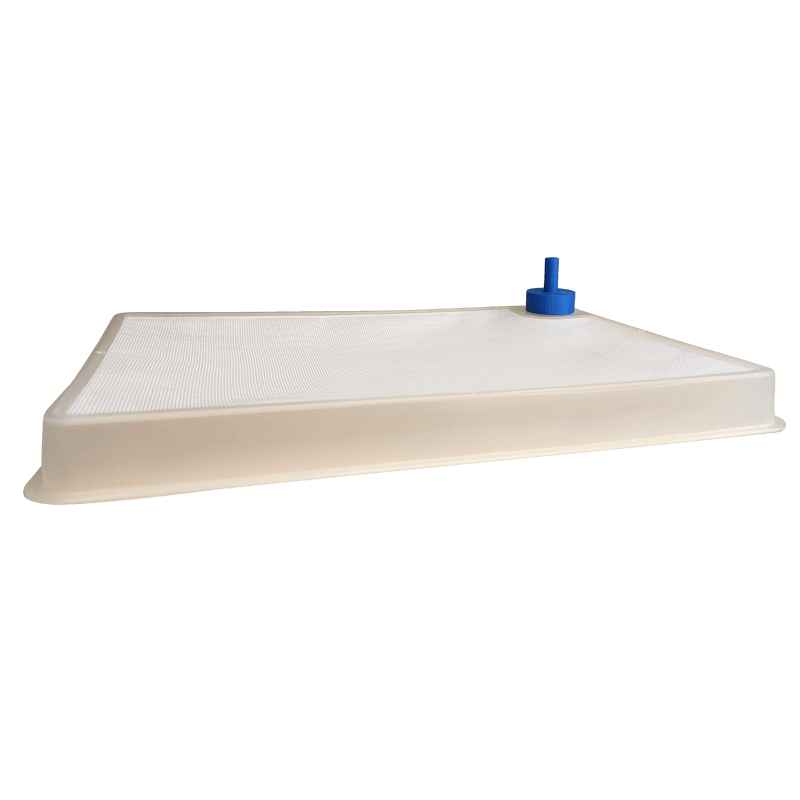
Dual chamber (DC) syringes
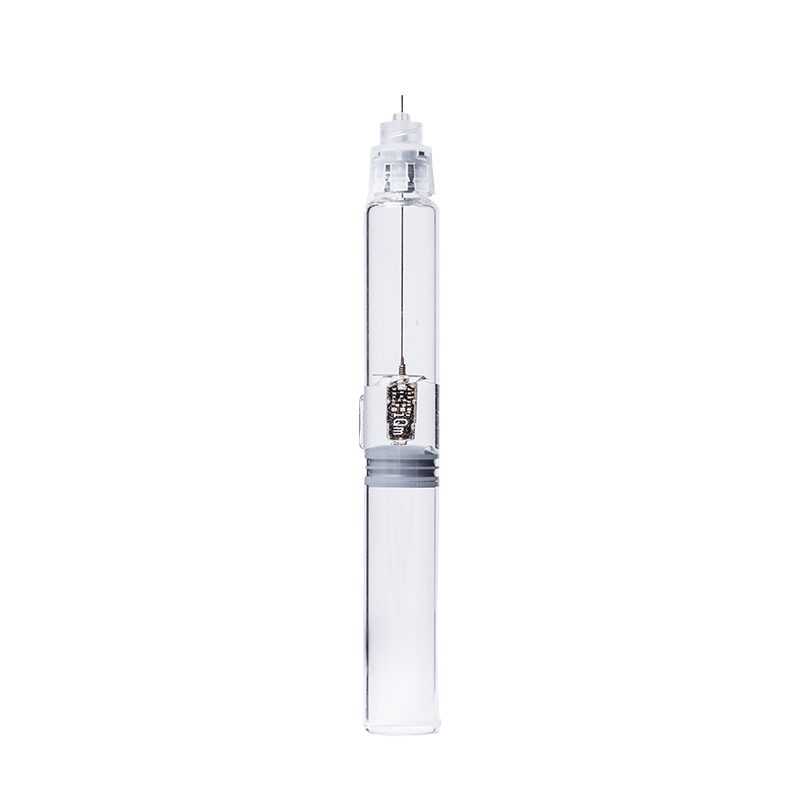
Tempris Accessories and Consumables
The correct measuring position for product temperature measurement at all lyo scales
Tempris enables the exact positioning of the sensor in the vial, allowing direct comparability of the product temperature data between lyo-scales. With innovative accessories such as the Piercing Tool (PIT2), Centering Cross (CCP), and Antenna (S-ANT), it becomes easy to place Tempris sensors reliably and accurately in the desired position.
Piercing Tool PIT2
With the piercing tool, the sensor can be combined with the stopper in just a few simple steps. The sensor is positioned with the centering crosspiece (CCP) at the bottom of the vial. For use in cGMP, the sensor is sterilized together with the stopper and CCP.
This product is compatible with standard R- and H-vials, and can accommodate a variety of sensors and stoppers.
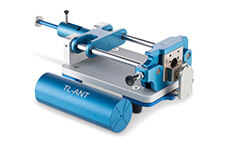
Centering Cross CCP
The Centering Cross ensures that the sensor is positioned precisely at the center bottom position of the vial. Different CCPs are available for different vial sizes. The disposable CCP is cGMP compliant.
Vial Sizes:
2R | 4R, 6R | 8R, 10R | 20R, 25R | 30R | 50R, 100R, 30H | 50H | 100H, GPL-1 Vol. 3.0
Customized CCP sizes on request.

Sensor Antenna S-Ant
The disposable sensor antenna is made of thin, flexible stainless spring steel and is cGMP compliant. This antenna is specifically designed to be compatible with the stoppering process. For optimum signal transmission, the sensor antenna must always be positioned outside the liquid. Sensor antenna and sensor centering cross are required for the measurement process in the vial.


